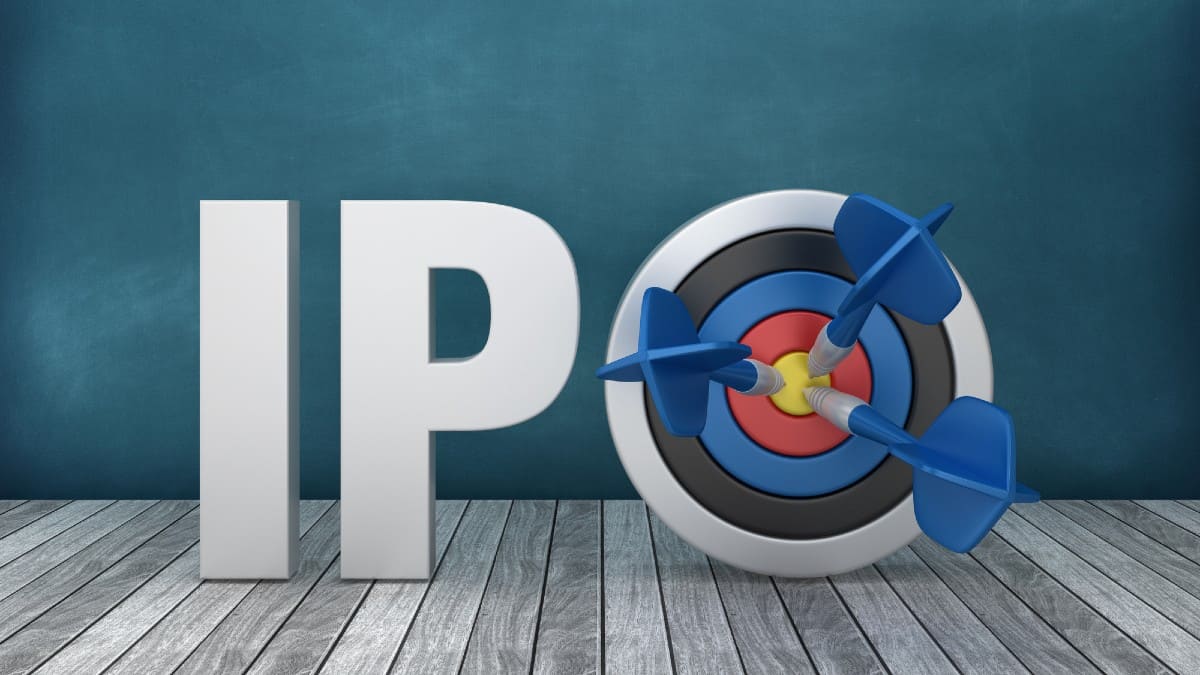Ferrari (NYSE: RACE) was spun off into a separate unit by Fiat Chrysler in 2014. This enabled investors to buy Ferrari shares when the luxury carmaker went public a year later. How would I be doing today if I’d made a £5,000 investment in its shares at the time?
The prancing horse has galloped higher
Firstly, things are a little complicated because Ferrari shares are dual-listed on the New York Stock Exchange (NYSE), which means they’re denominated in US dollars, not pounds. I would have got $1.52 for every pound exchanged at the end of 2015 when Ferrari went public. Today, by the way, a pound would only get me $1.13.
Anyway, at the time, £5k would have bought me approximately 135 shares of Ferrari at $56 each. The current share price is $183, so those 135 shares would today be worth around £22,000. That’s obviously a very healthy return!
Should you invest £1,000 in Ferrari right now?
When investing expert Mark Rogers has a stock tip, it can pay to listen. After all, the flagship Motley Fool Share Advisor newsletter he has run for nearly a decade has provided thousands of paying members with top stock recommendations from the UK and US markets. And right now, Mark thinks there are 6 standout stocks that investors should consider buying. Want to see if Ferrari made the list?
Ferrari also pays out a modest dividend to shareholders. So, as well as capital growth, my 135 shares would also have paid me a total income of around £800 since the company debuted on the stock market.
Ferrari is firing on all cylinders
I passed up on the opportunity to invest in Ferrari at the time it went public because I wrongly categorised the company as purely another automaker. I didn’t – and still don’t particularly – like the automotive sector because it is a high-cost and low-margin industry. The share price of Ford, for instance, is down 22% since 2015.
The mistake I made was failing to recognise that Ferrari isn’t really a carmaker at all in a traditional sense. It is actually a luxury brand. In fact, it is probably the most powerful luxury brand on Earth.
With this comes a number of competitive advantages. The main one is that the company has extreme pricing power. Inflationary costs can be passed directly onto its customers because it caters exclusively for the ultra-wealthy. This preserves its operating margins.
In fact, Ferrari’s operating margin increased from 21.4% in 2020 to 25.5% last year. This means the company earned an astonishing $106,000 per unit sold in 2021. This compares to earnings of $6,693 per vehicle for Tesla. Remarkably, Ferrari earns the same profit on one vehicle as Ford does selling about 1,000!
Clearly, I was very wrong to lump Ferrari in with traditional automakers. It’s in a category of its own.
EV transition risk
The company has announced it will build its first electric vehicle (EV) by 2025. It is aiming for 40% of new sales to be EVs by 2030. One risk I see here is the fact that EVs are near-silent. Part of the allure of owning a Ferrari is surely the roar of the engine. What’s the point of owning a silent supercar?
Have I missed the boat?
Ferrari is a fantastic company with a powerful brand, exceptional profit margins, and almost unlimited pricing power. Last month, a Morgan Stanley auto analyst noted: “Ferrari is as close to recession-proof as it gets.”
Those who invested in Ferrari shares in 2015 have been handsomely rewarded so far. With the share price down 30% in 2022, I’m now finally considering adding shares to my own retirement portfolio.








